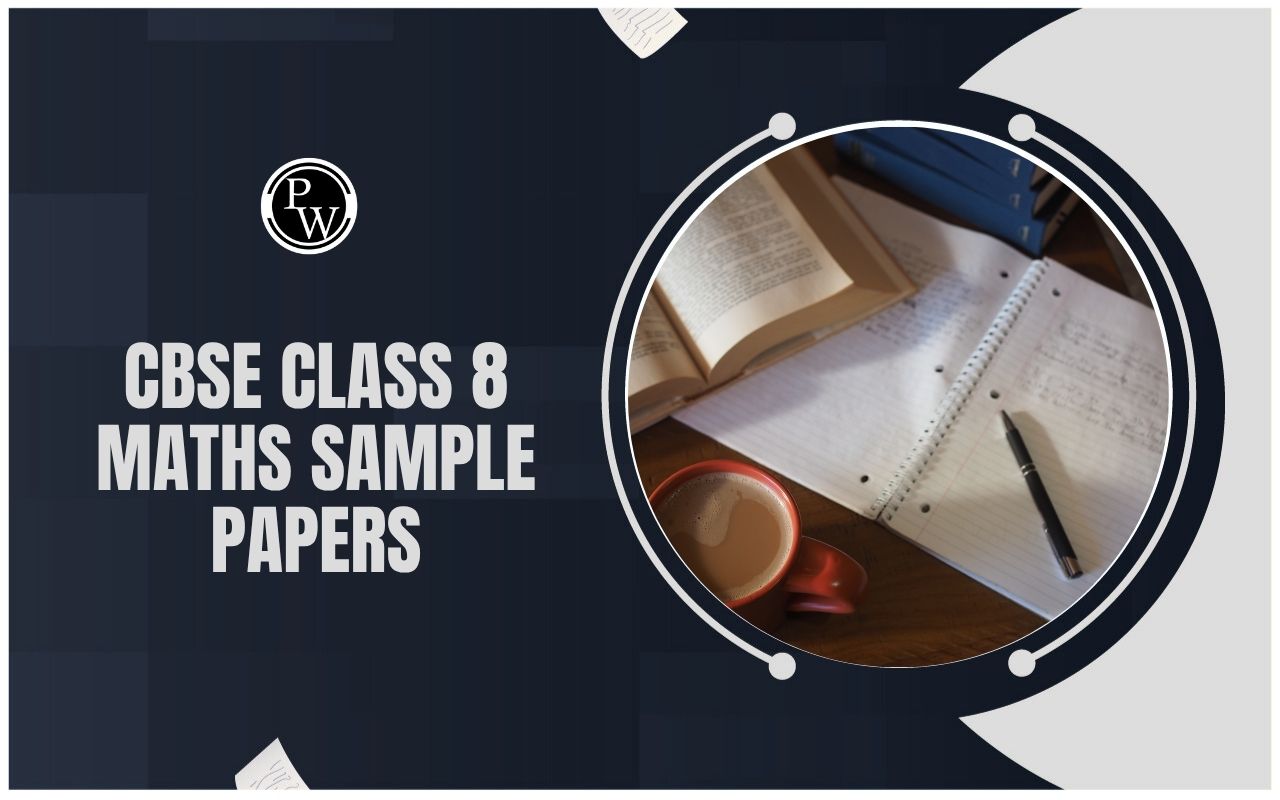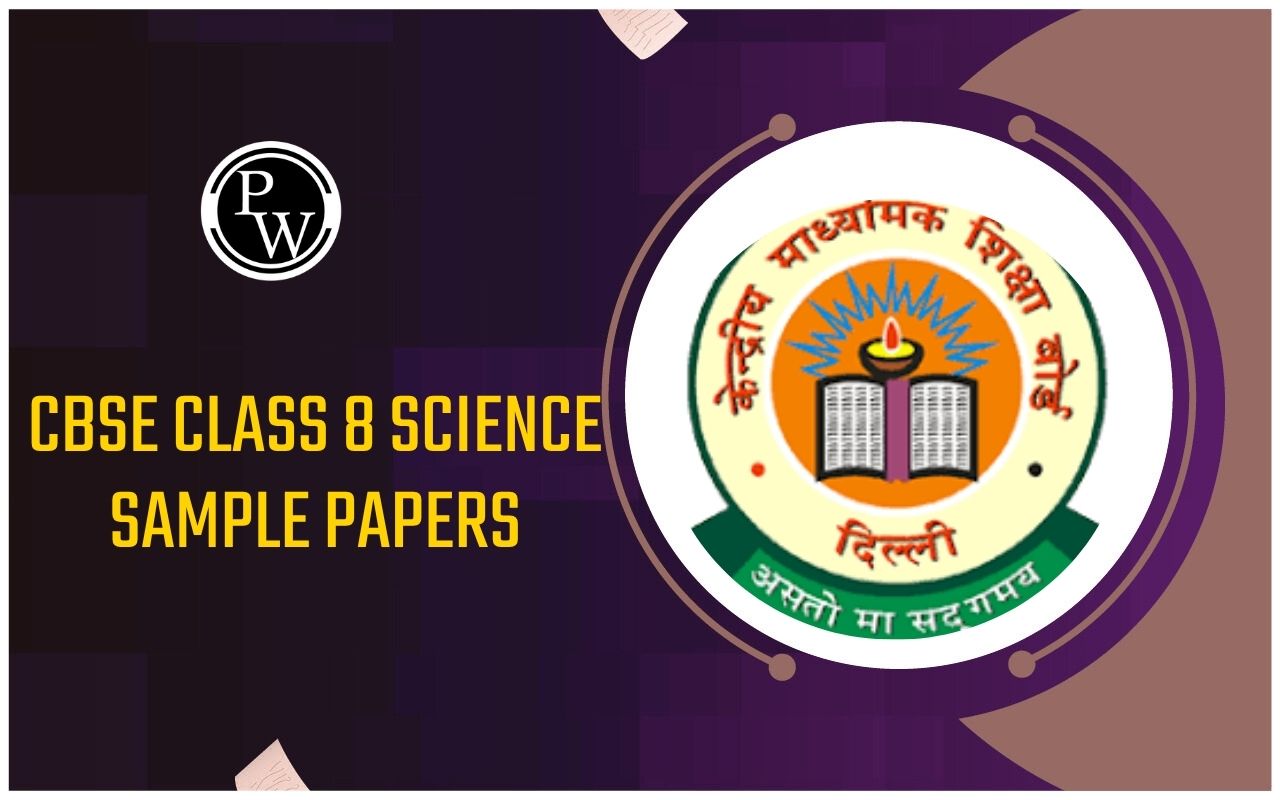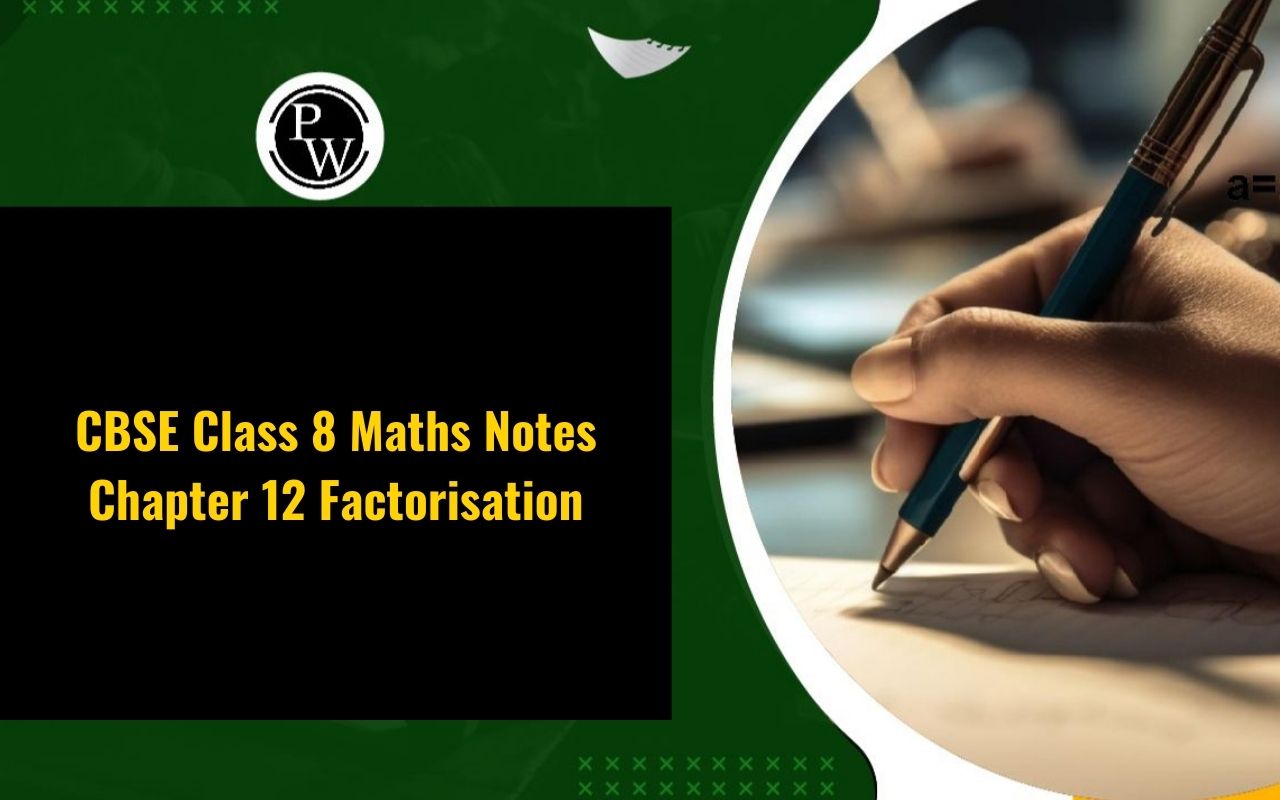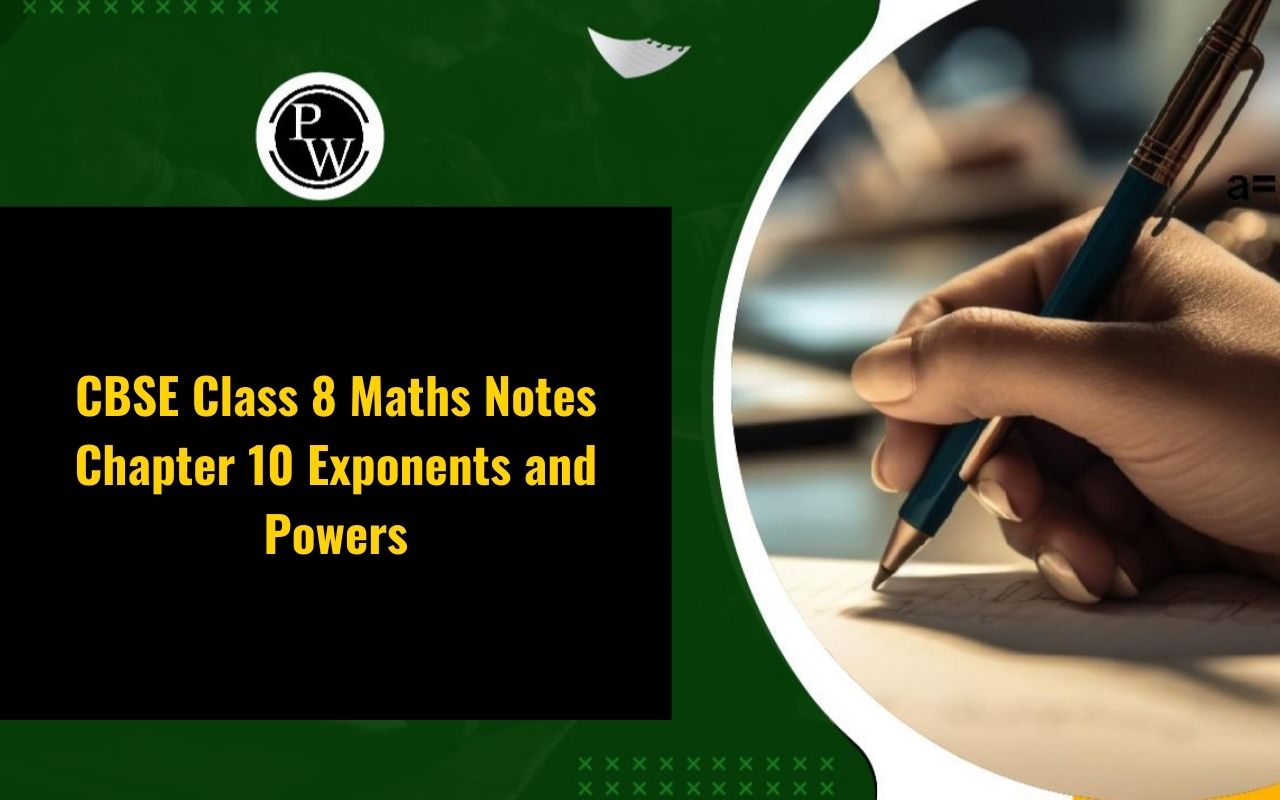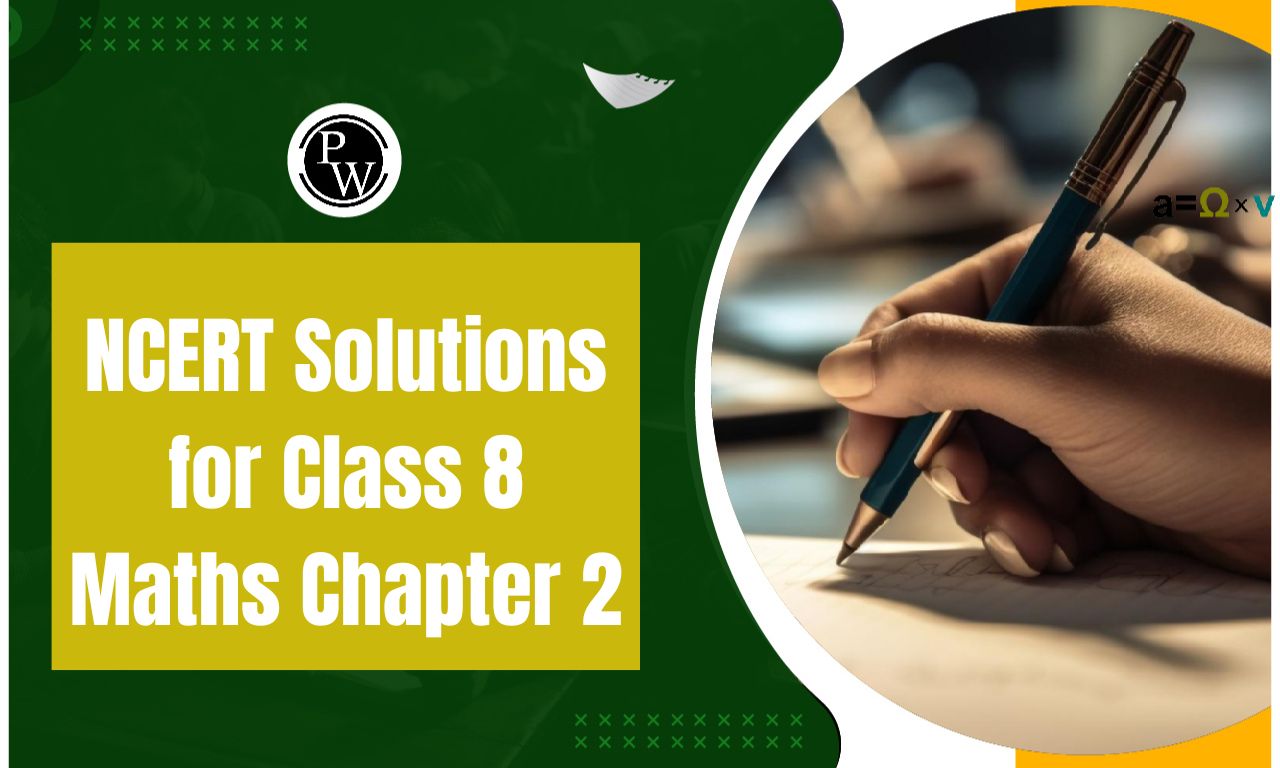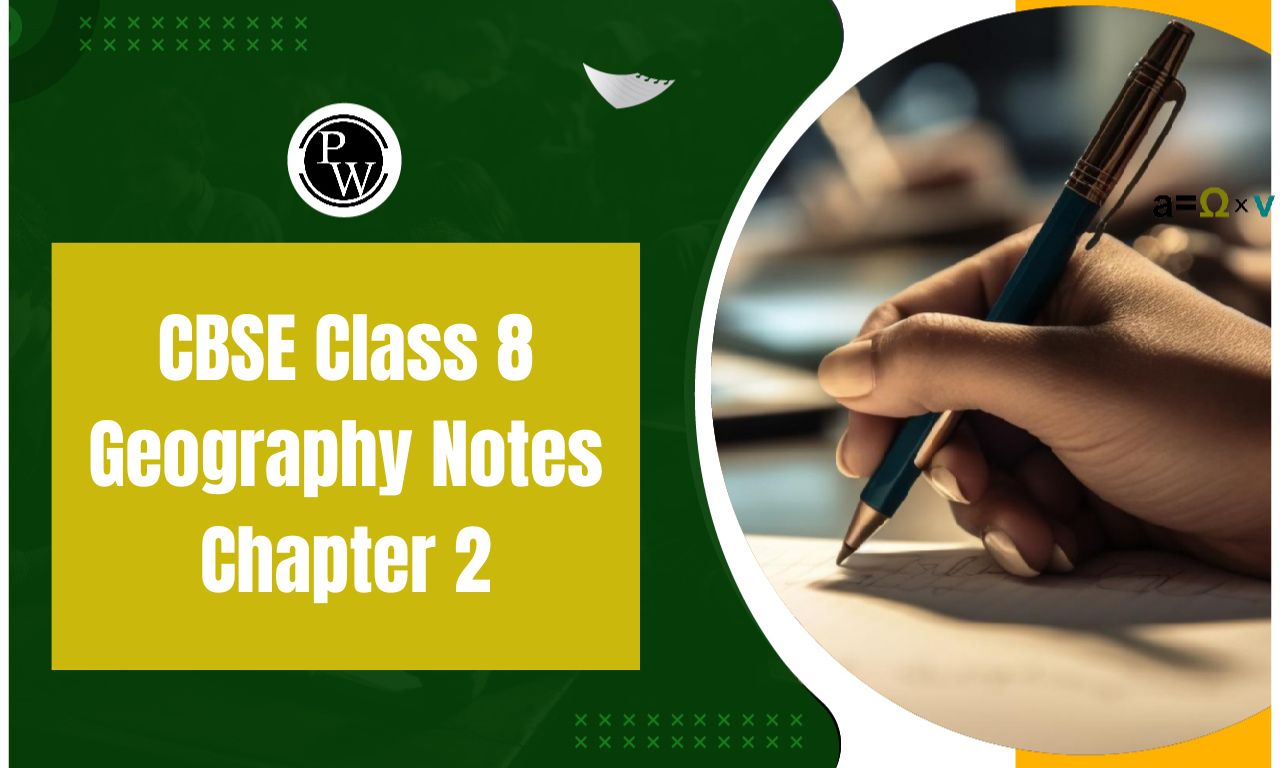
CBSE Class 8 Geography Notes Chapter 1: There is a connection between water, power, rickshaws, vegetables, and textbooks. They are all useful because you have utilized them. What distinguishes an item or substance as a resource is its utility or usability. Are you curious about how things end up as resources? Only when something has worth does it become a resource.
Value is equivalent to worth. While certain resources are worth money, others are not. Certain ones might gain value in the future. The CBSE Class 8 Geography book's first chapter contains additional information that students can study about the several ideas linked to the topic resources. Examine the CBSE Notes Class 8 Geography Chapter 1 Resources to ensure you have correctly studied for the test.CBSE Class 8 Geography Notes Chapter 1 Overview
Resources are anything that can be used to satisfy human needs. They are classified based on origin, development, renewability, and ownership. Natural resources are those obtained from nature, such as water, minerals, and forests. They can be further divided into renewable (like solar energy and wind) and non-renewable resources (such as coal and petroleum). Human-made resources, like buildings, roads, and machines, are created by transforming natural resources through human efforts. The value of a resource is determined by its utility and the available technology to access it. Human resources play a crucial role in utilizing resources efficiently. Skilled, educated, and healthy people are an important resource for any nation.|
Sustainable development focuses on using resources in a way that meets present needs without compromising the ability of future generations to meet theirs. It emphasizes conservation, careful planning, and judicious use of resources to ensure environmental balance. Awareness about the responsible use of resources is growing globally, with increasing efforts toward recycling and renewable energy use, to protect the environment and maintain long-term sustainability.
CBSE Class 8 Geography Notes Chapter 1 PDF Download
Here we have provided CBSE Class 8 Geography Notes Chapter 1 Resources for the ease of students. Students can access this pdf offline after downloading this.CBSE Class 8 Geography Notes Chapter 1 PDF
CBSE Class 8 Geography Notes Chapter 1 Resources
Here we have provided CBSE Class 8 Geography Notes Chapter 1 Resources - A resource is anything that has worth or may be used to meet a demand. Water, electricity, vegetables, rickshaws, and textbooks are all regarded as resources because they are useful. Every resource is valuable or worth something. While certain resources are worth money, others are not. Certain ones might only gain value with time. For instance, although your grandmother's homemade cures might not be worth selling right now, they might in the future if they are patented and made available. Meanwhile, time and technology are the two elements that convert substances into resources.
Certain ones might only gain value with time. For instance, although your grandmother's homemade cures might not be worth selling right now, they might in the future if they are patented and made available. Meanwhile, time and technology are the two elements that convert substances into resources.
Types of Resources
Resources are of 3 kinds- natural, human made and human.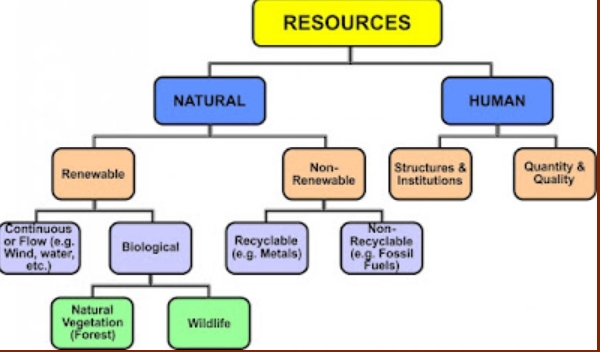 Natural resources are obtained from the environment and used largely unaltered. Examples include the water in our lakes and rivers, the soil, the minerals, and the air we breathe. Another way to classify natural resources is as renewable or non-renewable. Resources that are renewable can be replenished and renewed rapidly. Renewable resources like solar and wind energy are limitless and unaffected by human activity. Non-renewable resources, on the other hand, have a finite supply and can take thousands of years to replace once depleted. Natural gas, coal, and petroleum are a few examples. The distribution of natural resources is influenced by geographical elements such as climate, topography, and altitude.
Natural resources are obtained from the environment and used largely unaltered. Examples include the water in our lakes and rivers, the soil, the minerals, and the air we breathe. Another way to classify natural resources is as renewable or non-renewable. Resources that are renewable can be replenished and renewed rapidly. Renewable resources like solar and wind energy are limitless and unaffected by human activity. Non-renewable resources, on the other hand, have a finite supply and can take thousands of years to replace once depleted. Natural gas, coal, and petroleum are a few examples. The distribution of natural resources is influenced by geographical elements such as climate, topography, and altitude.
Human-Made Resources
Natural materials occasionally only turn into resources after undergoing a transformation. Humans employ natural resources to create man-made resources such as machines, vehicles, buildings, bridges, and roads. Technology is another such. The term "human resource" describes the total number and physical and mental capacities of individuals. Because of this, people are a unique resource. Human resources are people. Human resource development is the process of raising people's skill levels so they can produce more resources.Conserving Resources
Imagine that all of the earth's water had evaporated and that every tree had been felled. There's nothing to eat or drink, and there's no shade. If we do not exercise caution, non-renewable resources will undoubtedly run out and even renewable resources may become extremely rare. Resource conservation means making prudent use of resources and allowing them time to replenish. Sustainable development is the careful use of resources to ensure that they not only meet the needs of the present but also those of future generations. Resources can be saved in a number of ways. By cutting back on consumption, recycling, and reusing items, each person can make a difference. Our ability to protect and preserve the natural life support system that nature provides will determine the fate of both our planet and its inhabitants. As a result, we must make sure that:- all uses of renewable resources are sustainable
- the diversity of life on the earth is conserved
- the damage to the natural environmental system is minimized
Benefits of CBSE Class 8 Geography Notes Chapter 1
The benefits of studying CBSE Class 8 Geography Chapter 1 Resources are numerous, providing foundational knowledge and practical insights into resource management. Here are some key benefits:Understanding Resources : The chapter gives students a clear understanding of what resources are, their types, and how they are used in daily life. It explains the difference between natural, human-made, and human resources.
Awareness of Resource Management : Students learn about the importance of sustainable use of resources, which is crucial for environmental conservation and future resource availability.
Knowledge of Renewable and Non-renewable Resources : The chapter helps students differentiate between renewable and non-renewable resources, understanding the importance of conserving non-renewable ones like fossil fuels.
Introduction to Sustainable Development : It introduces students to the concept of sustainable development, encouraging responsible and mindful use of resources to ensure environmental balance and economic progress.
Critical Thinking : By studying this chapter, students develop critical thinking skills about the impact of human activities on resources, fostering a sense of responsibility toward conservation efforts.
Real-world Relevance : The lessons learned from this chapter are applicable to real-life situations, helping students become more conscious about energy use, recycling, and environmental preservation.
CBSE Class 8 Geography Notes Chapter 1 FAQs
Why are Human resources important class 8 short answer chapter 1?
What are resources in geography class 8 notes?
What is the main purpose of resources class 8?
What are the factors affecting resources class 8?

